Are you selling, producing or distributing electrical and electronic equipment?
Did you know that almost all devices and appliances contain precious and scarce raw materials including copper, aluminium, gold or neodymium?
Disposing of waste electrical and electronic equipment correctly thus means that these materials can be regained and recycled – consequently fed back into a circular economy. If everyone contributes one’s bit, we can go easy on natural resources, help preserve them and protect the climate.
Disposed of incorrectly, however, can turn it into a threat for humans, animals and the environment, containing substances hazardous to health and harmful to the environment such as mercury. These substances must not be released into the environment and can only be disposed of correctly through recycling.
Unfortunately, currently, the rate at which WEEE is recycled is still too low. You can more on the consequences of this in our study, in which we shed a light on the reasons why WEEE is being hoarded in German households and much more.
The Electrical and Electronic Equipment Act (EEEA) is one of the attempts aiming to fix this issue in a legally binding way.
Whether you are a manufacturer or run an online trade selling electrical and electronic equipment, in the following, we want to familiarize you with what the EEEA is, what and who it concerns and when it applies.
Besides, you are welcome to attend our regular online workshops on EEEA.
A few current figures:

The Electrical and Electronic Equipment Act (ElektroG) transposes the European WEEE Directive into German law. It regulates the placing on the market, the take-back and the environmentally sustainable disposal of waste electrical and electronic equipment.
The current version (=Electrical and Electronic Equipment Act 2, ElektroG2, ElektroG 2) of the law can be found here.
The amendment of the ElektroG in 2022 and the background:
The Federal Government has presented an amendment to the “Electrical and Electronic Equipment Act” in Germany, which is to come into force in January 2022. The main objective underlying the amendment is to increase the collection rate of e-waste and thus improve the recycling performance as well. The desired effect is to be achieved with the help of the addition of collection points, especially by including certified primary treatment facilities and traders.

Objective: Increased collection and recycling rates in Germany through simplification of free return options for private households.
This involves all electrical and electronic equipment requiring electric currents / electromagnetic fields for proper operation.
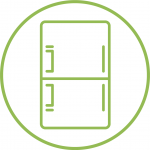
Temperature exchange equipment
Refrigerators, Freezers, Equipment which automatically deliver cold products, Air-conditioning equipment, Dehumidifying equipment,
read more
Screens & monitors
Equipment containing screens having a surface greater than 100 cm² like Screens, Televisions, LCD photo frames, Monitors, Laptops, Notebooks,
read more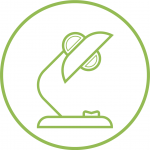
Lamps
Straight fluorescent lamps, Compact fluorescent lamps, Fluorescent lamps, High intensity discharge lamps – including pressure sodium lamps and
read more
Large equipment
Any external dimension more than 50 cm like Washing machines, Clothes dryers, Dish washing machines, Cookers, Electric stoves, Electric hot
read more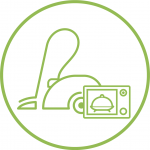
Small equipment
No external dimension more than 50 cm like Vacuum cleaners, Carpet sweepers, Appliances for sewing, Luminaires, Microwaves, Ventilation
read more
Small IT and telecommunication equipment
No external dimension more than 50 cm like Mobile phones (smartphones, phablets etc.), GPS and navigation equipment, Pocket calculators, Routers,
read moreAn overview of all electrical and electronic equipment falling under the Electrical and Electronic Equipment Act can be found here.
Definition of electrical and electronic equipment § 3 Abs. 1 ElektroG:
Within the meaning of this act are:
Electrical and electronic equipment: Appliances and deviced requiring either a.c. voltage of max. 1000 volt or DC voltage of max. 1500 volt for proper operation and
a) depend on electrical currents or electromagnetic fields for proper operation.
b) serve generation, transmission and measurement of electrical currents and electromagnetic fields.
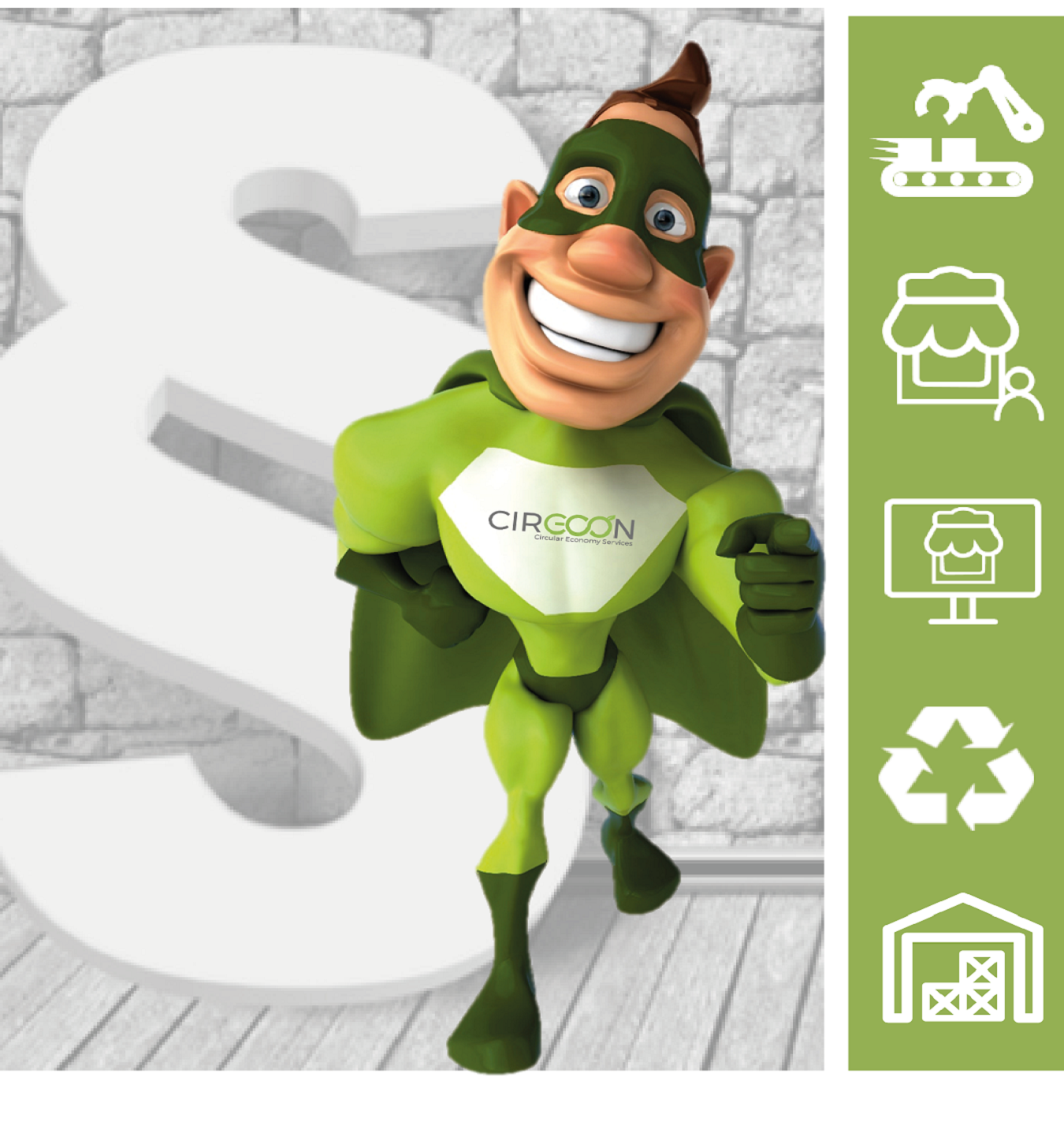
Manufacturers, distributors and importers of electrical and electronic equipment
Stationary trade as distributor of electrical and electronic equipment (e.g. supermarkets)
Online retailers and online shops selling electrical and electronic equipment, among other things
Specialist waste management companies & public waste management authorities
Fullfillment service providers storing, packing and shipping electrical and electronic equipment (excluding pure shipping service providers)
What will change from January 2022…
…for fullfillment providers?
You are a fulfilment service provider and take care of the warehousing, packaging and shipping of electrical and electronic equipment? The new ElektroG3 also imposes extended obligations on you. In the future, for every electrical appliance that you process on behalf of a manufacturer from Germany and abroad, an active inspection for registration at the joint body in Germany must take place and be proven. You are in need of help with how to best comply with requirements of the law and not negatively impact your day-to-day business? In that case, we are the right partner for you.– Get in touch with us here—it‘s free and non-binding.
…for manufacturers, importers & distributors of electrical equipment
An overview of what will change from 2022:
- Extended labelling and registration obligation for B2B equipment
- Submission of take-back concepts to the EAR Foundation
- Extended information obligations to your customers regarding your take-back concepts for WEEE
- Stricter information obligations for battery-operated electrical appliances
- Product design: improved and cycle-compatible product design to optimize reparability and recyclability
…for stationary and online trade?
Extension of collection points: You too can now fall under the obligation to set up a collection point for your customers if you have a total sales area of 800 sqm².This includes both actively communicating to your customers the possibility of returning their WEEE free of charge, as well as knowing that the take-back solution must be created for small and large appliances.
In our download area you can find a free pdf document available for download including all relevant content outlined in a clear and compact way. If you have other questions or need help, feel free to get in touch with us!
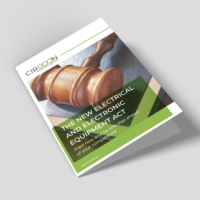
Flyer
We created an overview of the Electrical and Electronic Equipment Act (ElektroG 3) and the innovations that will apply to you from January 2022.
In our online seminars , we also provide more detailed information and latest updates regarding previously applicable law.
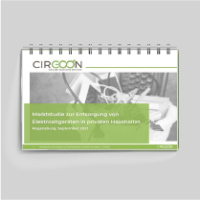
Market Study
How do private households in Germany deal with waste electronic and electrical equipment? Is WEEE disposed of correctly? If not, what are the reasons?
Have a closer look at facts and figures in our market study.

